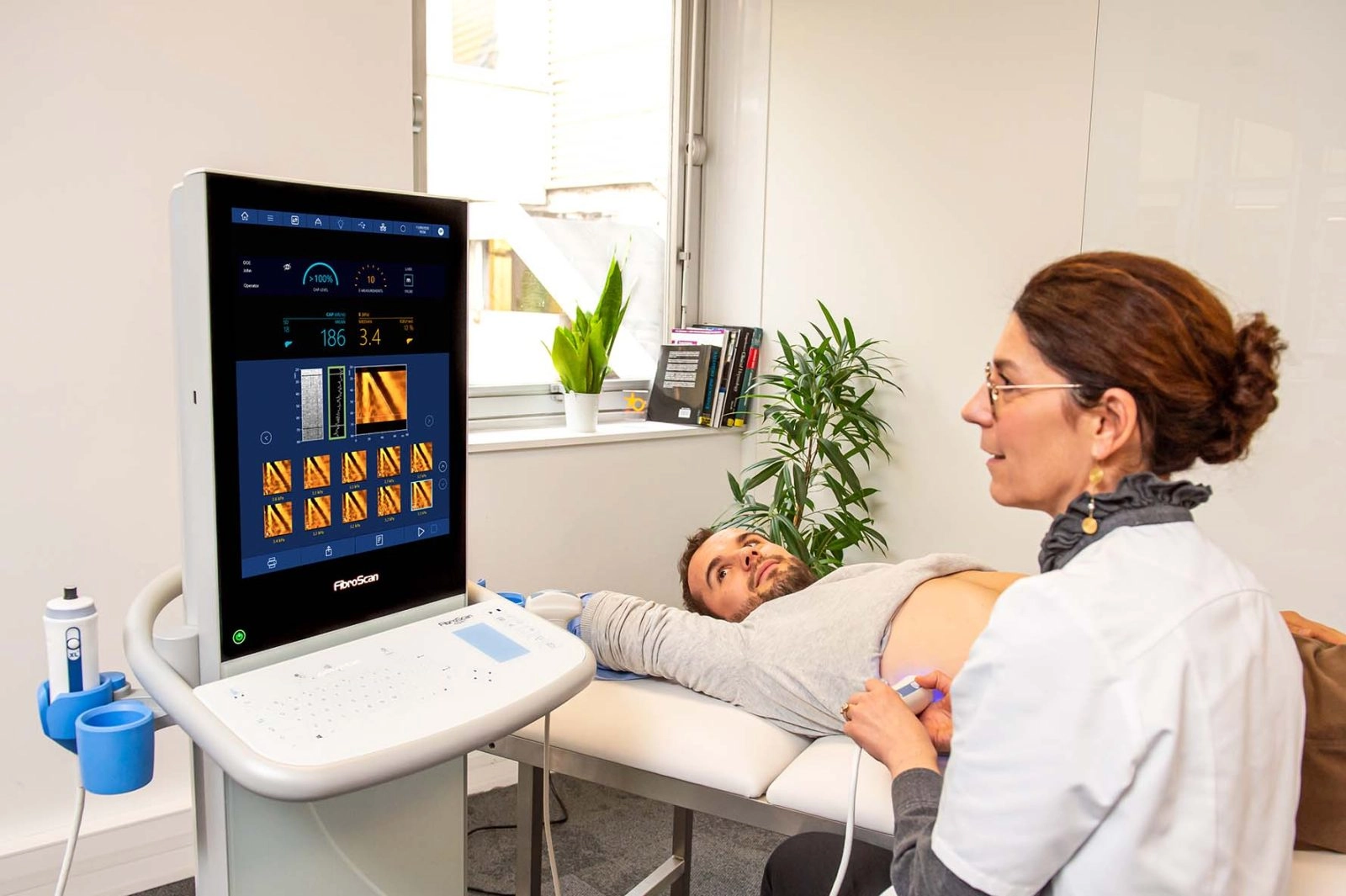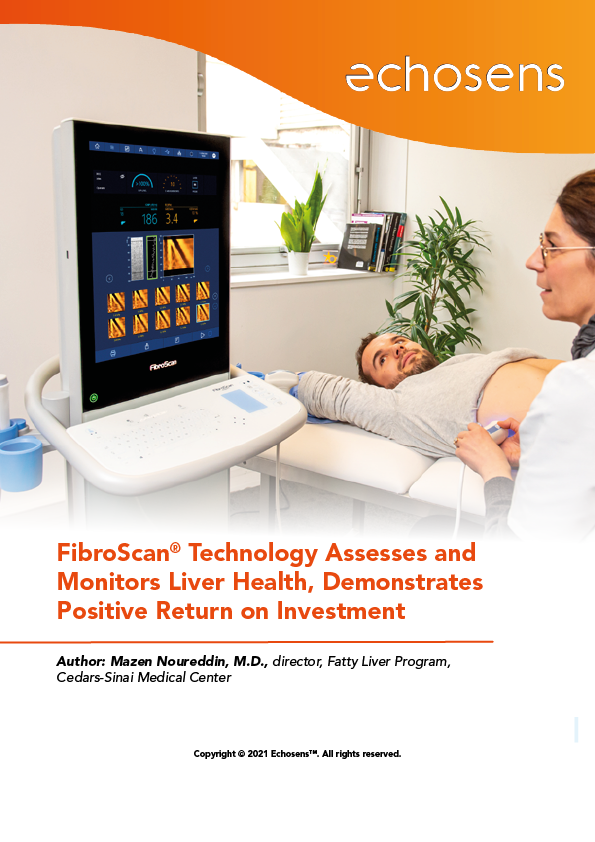
Early Identification of Fatty Liver Disease Using FibroScan® Technology Offers Payers Cost Savings
New Study and White Paper Confirm Findings
Download the white paper now!

Context
With continued, accelerated rates of adult obesity and Type 2 diabetes—along with an aging population—non-alcoholic fatty liver disease (NAFLD) and mortality are expected to increase in the United States and globally. These trends prompt demand for earlier screening and strategies to curb the staggering costs associated with fatty liver disease (FLD). Fortunately, there is good news for payers, providers and patients.
A study published in the American Journal of Managed Care (AJMC), “Population-Based Return on Investment of Deploying Transient Elastography Screening and Monitoring Fatty Liver Disease,” concluded that early identification of patients with FLD through broad placement of VCTE™/CAP™ devices offers cost savings to payers.
To learn the results of this independent assessment conducted by Santa Barbara Actuaries Inc. (SBA) that demonstrates how deploying vibration-controlled transient elastography (VCTE™)/controlled attenuation parameter (CAP™) technology for detecting and monitoring FLD can offer payers cost savings, read “FibroScan® Technology Assesses and Monitors Liver Health, Demonstrates Positive Return on Investment.”
Key Takeaways
- VCTE™/CAP™ tests resulted in earlier identification of patients with FLD allowing for proactive intervention to slow down disease progression in these patients
- Use of the VCTE™/CAP™ test reduced the volume of current diagnosis methods, such as liver biopsy, imaging and lab work
- FibroScan-based scores may be a cost-effective approach for assessing patients before treatment and monitoring patients on treatment—and is likely to become a routine part of patient management
